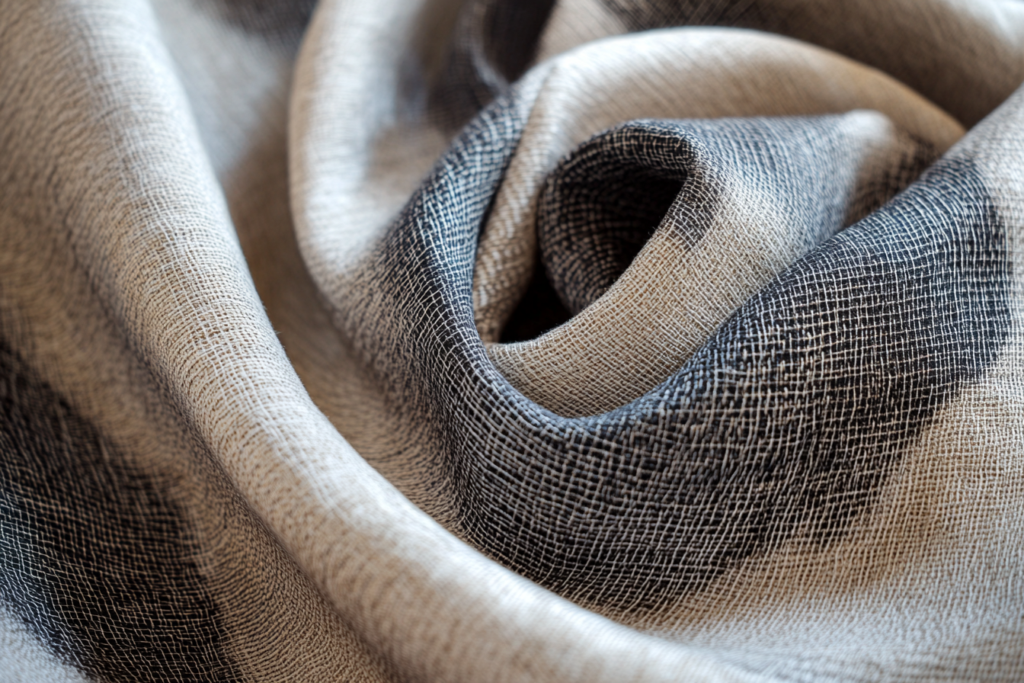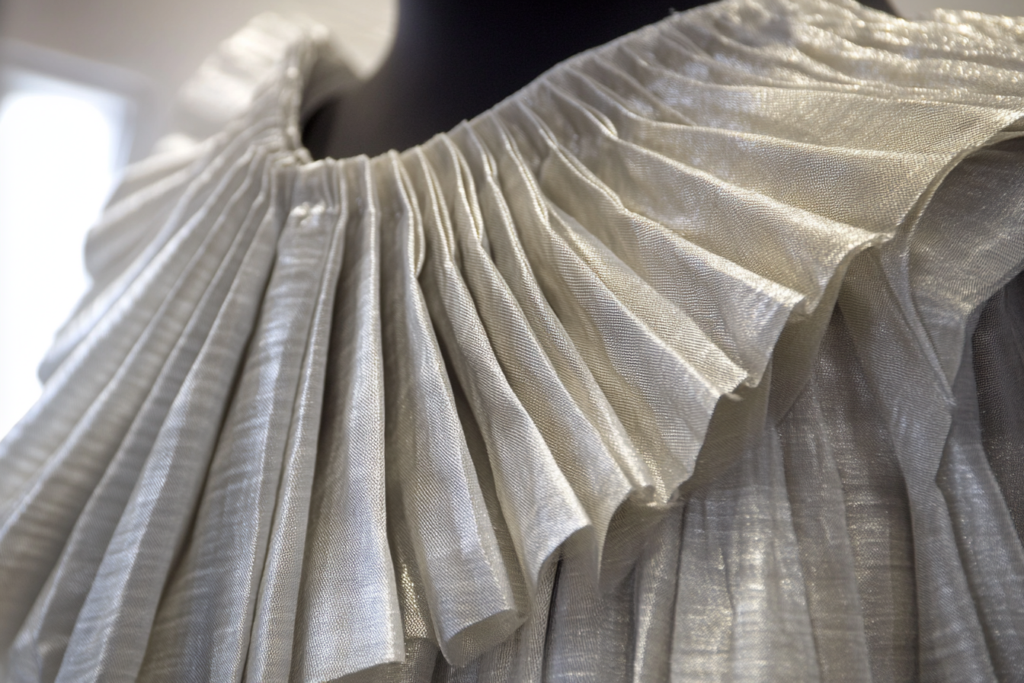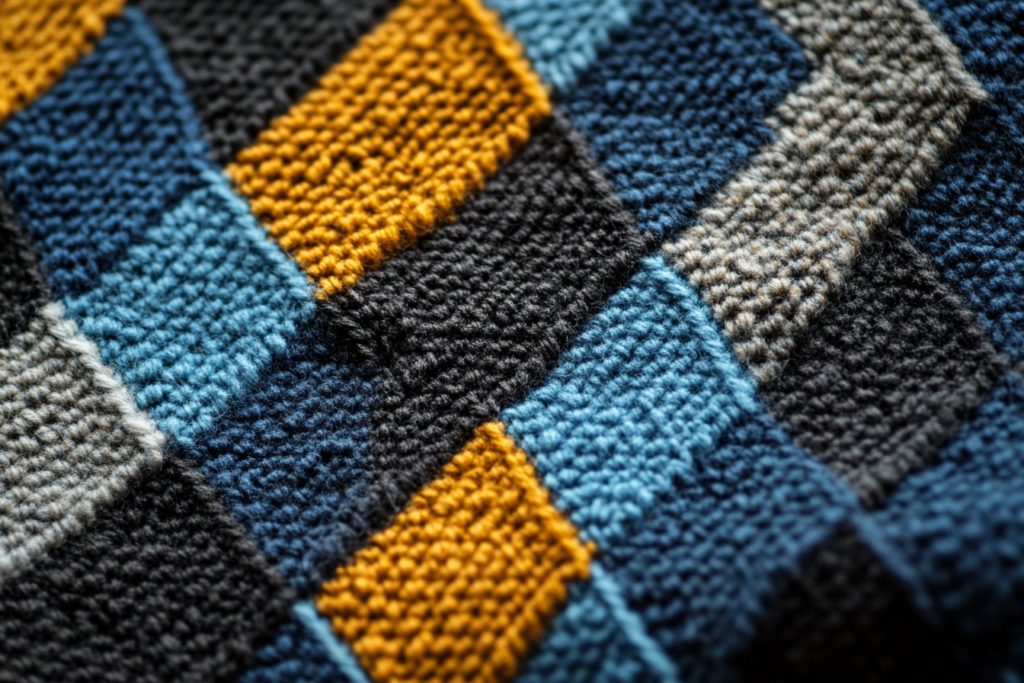Introduction: What is Bowed Fabric?
Bowed fabric refers to a common issue in the weaving process where the fabric becomes deformed due to uneven feeding. Specifically, this happens when the center of the fabric is fed faster or slower than the edges during the weaving process, causing the fabric to develop a curve. The result is a noticeable “bow” shape, which can affect the overall appearance, texture, and quality of the fabric.
This issue is prevalent in many types of woven textiles, and it can impact both the aesthetic and functional qualities of the fabric. In this article, we will dive into the causes of bowed fabric, how it forms during weaving, and the implications it has on fabric production and end-use.


The Weaving Process: Understanding the Mechanics Behind Bowed Fabric
The weaving process is intricate, involving the interlacing of warp and weft yarns to create fabric. However, even the slightest variation in the feeding of these yarns can lead to problems, including bowed fabric. Typically, the warp threads (running lengthwise) and the weft threads (running widthwise) are fed onto the loom at a uniform rate. However, when the center of the fabric is fed differently from the edges, the result is a fabric that curves inwards or outwards.
Several factors contribute to this phenomenon:
- Uneven Tension: If the tension on the warp threads isn’t consistent across the loom, the yarns at the center of the fabric may be under more or less tension than those at the edges.
- Differing Feeding Speeds: The speed at which the fabric is fed onto the loom can vary between the center and edges. If the center feeds faster or slower than the edges, the resulting fabric will develop a bow.
- Warp Yarn Variations: Variations in the thickness or elasticity of the warp yarns can cause uneven stretching, contributing to the formation of bowed fabric.
Understanding these factors is crucial for weavers, as controlling the uniformity of the fabric’s feeding process can prevent bowing and ensure consistent fabric quality.
Causes of Bowed Fabric
The primary cause of bowed fabric is the inconsistent feeding of the fabric during the weaving process. Here are some common reasons why this happens:
- Uneven Tension in the Warp Yarn:
- If the warp yarn is subjected to uneven tension, the fabric may stretch or compress unevenly. The center could become tighter or looser than the edges, causing the fabric to bow.
- Improper Weaving Settings:
- The settings on the loom, such as the speed of feeding, can sometimes be miscalibrated. If the center of the fabric is fed at a different rate than the edges, the fabric will develop a curved shape, commonly referred to as bowing.
- Warping and Sizing Issues:
- Issues during the warping or sizing processes, such as uneven tension in the warp beams or improper application of sizing agents, can also cause bowed fabric.
- Faulty Loom Adjustments:
- The loom itself could be misaligned or improperly adjusted. This misalignment could lead to irregular feeding, especially in the middle of the fabric, resulting in bowed fabric.
- Yarn Variability:
- Variations in the diameter or elasticity of the yarns, whether in the warp or the weft, can lead to uneven feeding and ultimately cause the fabric to bow.
Implications of Bowed Fabric in the Textile Industry
The presence of bowed fabric can have several implications, especially in the textile industry, where fabric consistency is crucial. Here’s how it can impact production:
- Aesthetic Quality:
- Bowed fabric can affect the fabric’s visual appeal. When a fabric curves unevenly, it may look imperfect or unprofessional, which is particularly problematic for high-end or luxury products.
- End-Use Performance:
- In some cases, the deformation caused by bowing can impact how the fabric behaves during garment production. A bowed fabric may not drape as well as a perfectly flat piece, affecting the final fit and structure of the garment.
- Production Efficiency:
- Bowed fabric can lead to higher waste during production. If fabric is deemed unusable due to bowing, manufacturers must discard it, which can increase costs and reduce efficiency.
- Fabric Durability:
- In some cases, bowed fabric can be more prone to wear and tear, especially in areas where the fabric was stretched more than others. This could affect the overall longevity and durability of the textile product.
Preventing and Correcting Bowed Fabric
To avoid the issue of bowed fabric, textile manufacturers and weavers need to focus on achieving uniform tension and proper feeding mechanisms. Here are a few strategies:
- Consistent Tension Control:
- Ensure that the tension on the warp yarns is uniform throughout the entire length of the fabric. Regular checks and adjustments during the weaving process can help maintain this consistency.
- Proper Loom Calibration:
- Calibrating the loom’s settings to ensure that the center and edges of the fabric feed at the same rate is essential. Monitoring and adjusting the feeding speed during production can help prevent bowing.
- Quality Control in Warping:
- Implementing precise warping techniques and ensuring that yarns are correctly sized can reduce the risk of bowed fabric. This ensures that the yarns are evenly tensioned before they even reach the loom.
- Regular Maintenance of Equipment:
- Regular maintenance of looms and other weaving equipment can prevent misalignment and issues with fabric feeding.
Conclusion: The Importance of Addressing Bowed Fabric in Textile Production
In the weaving process, bowed fabric is a common yet avoidable problem caused by the uneven feeding of yarns. It can be caused by a variety of factors, from improper tension control to faulty loom adjustments. However, with careful attention to the weaving process, manufacturers can prevent and correct this issue, ensuring that fabric is produced with consistent quality and durability.
By understanding the causes of bowed fabric and taking proactive steps to prevent it, weavers can maintain the aesthetic, functional, and economic value of their textile products. Whether you are a fabric manufacturer or a designer, addressing the issue of bowed fabric is essential for producing high-quality textiles that meet both industry standards and consumer expectations.



